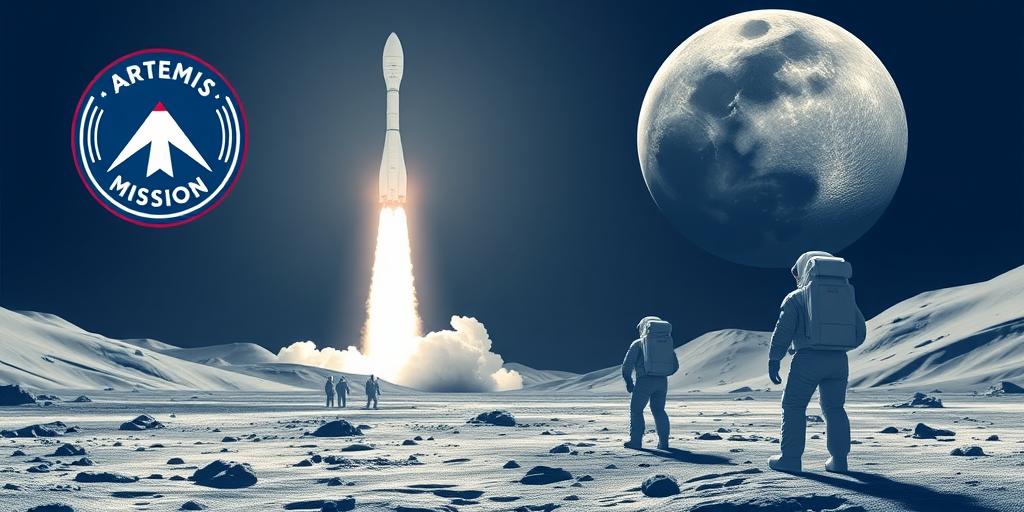The Artemis Program, NASA's ambitious endeavor, aims to return humans to the Moon and establish a sustainable presence for future exploration. This update provides insights into the program's progress, key milestones, and long-term objectives.
Program Overview Artemis is divided into several phases, each building upon the successes of the previous one:
- Artemis I: An uncrewed test flight of the Space Launch System (SLS) rocket and Orion spacecraft, successfully completed in December 2022. It demonstrated the capabilities of the hardware for future crewed missions.
- Artemis II: Scheduled for late 2024, this mission will send a crew of four astronauts on a lunar flyby, testing life support systems and validating mission operations.
- Artemis III: Planned for 2025 or 2026, this mission will land astronauts on the lunar surface near the Moon's South Pole. This will be the first crewed lunar landing since 1972.
Key Objectives The Artemis Program has several key objectives:
- Scientific Discovery: Conduct scientific research on the Moon to understand its history, composition, and potential resources.
- Technological Advancement: Develop and test new technologies for future deep space missions, including habitats, rovers, and life support systems.
- Resource Utilization: Identify and utilize lunar resources, such as water ice, to create fuel, oxygen, and other supplies for future missions.
- Commercial Partnerships: Foster partnerships with commercial companies to develop and provide services and technologies for lunar exploration.
- International Collaboration: Collaborate with international partners to share expertise, resources, and infrastructure for sustainable lunar exploration.
Challenges and Progress The Artemis Program faces several challenges, including budget constraints, technological hurdles, and schedule delays. However, significant progress has been made in recent years:
- SLS Rocket Development: The SLS rocket has undergone extensive testing and is now operational, providing the necessary power to send astronauts and equipment to the Moon.
- Orion Spacecraft Development: The Orion spacecraft has been designed and tested to provide a safe and habitable environment for astronauts during lunar missions.
- Lunar Gateway Development: The Lunar Gateway, a space station in lunar orbit, is being developed to serve as a staging point for lunar landings and a platform for scientific research.
- Commercial Lunar Payload Services (CLPS): NASA is partnering with commercial companies to send robotic landers and rovers to the Moon to scout landing sites and conduct scientific investigations.
Future Outlook The Artemis Program represents a significant step towards establishing a long-term human presence on the Moon and preparing for future missions to Mars. By leveraging commercial partnerships, international collaboration, and technological innovation, NASA aims to create a sustainable and thriving lunar ecosystem.









